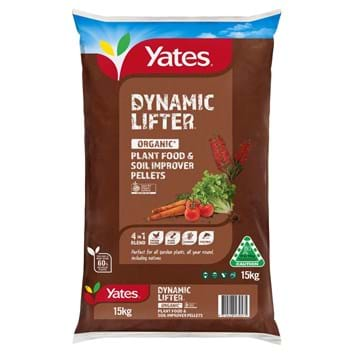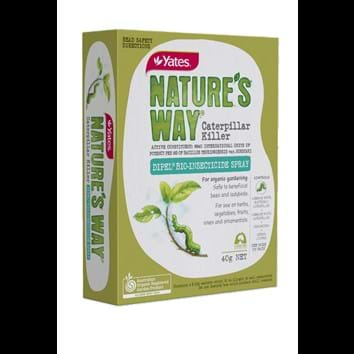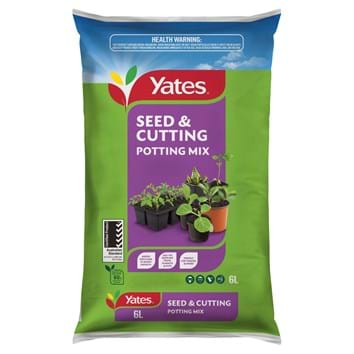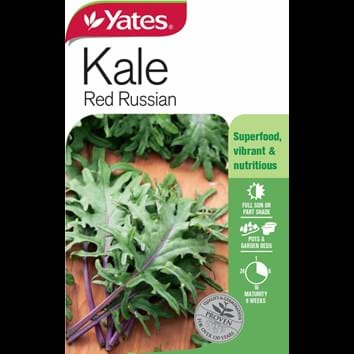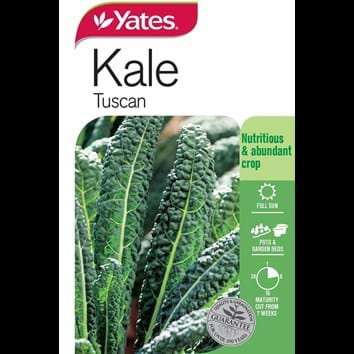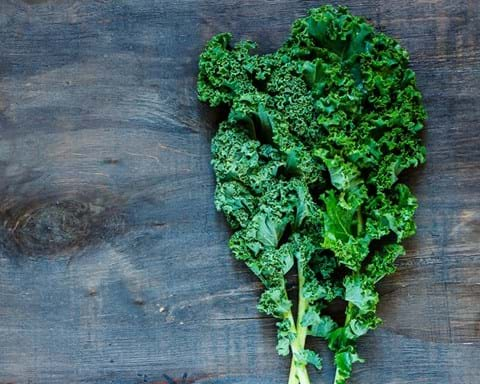
How to Grow Kale
Grow one of the most popular vegies of the decade – kale! This winter vegetable thrives in cold weather and is easy to grow in garden beds or pots. Toss kale leaves into salads, smoothies or bake into ‘chips’.
Full sun or part shade
Regular watering
Well drained
Suitable for all climatic zones.
7 weeks from planting
Late summer or early autumn in most climates, but check the label for your area

